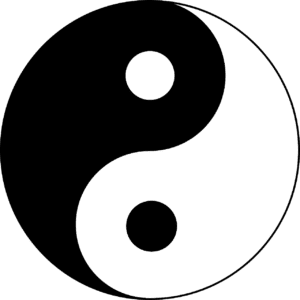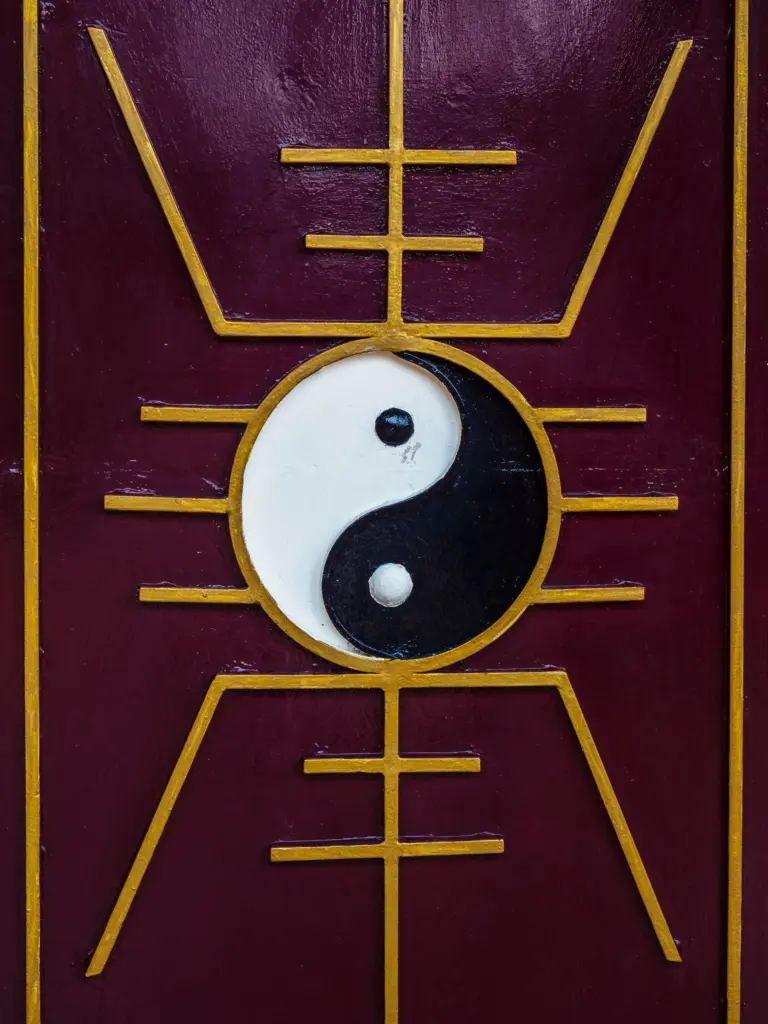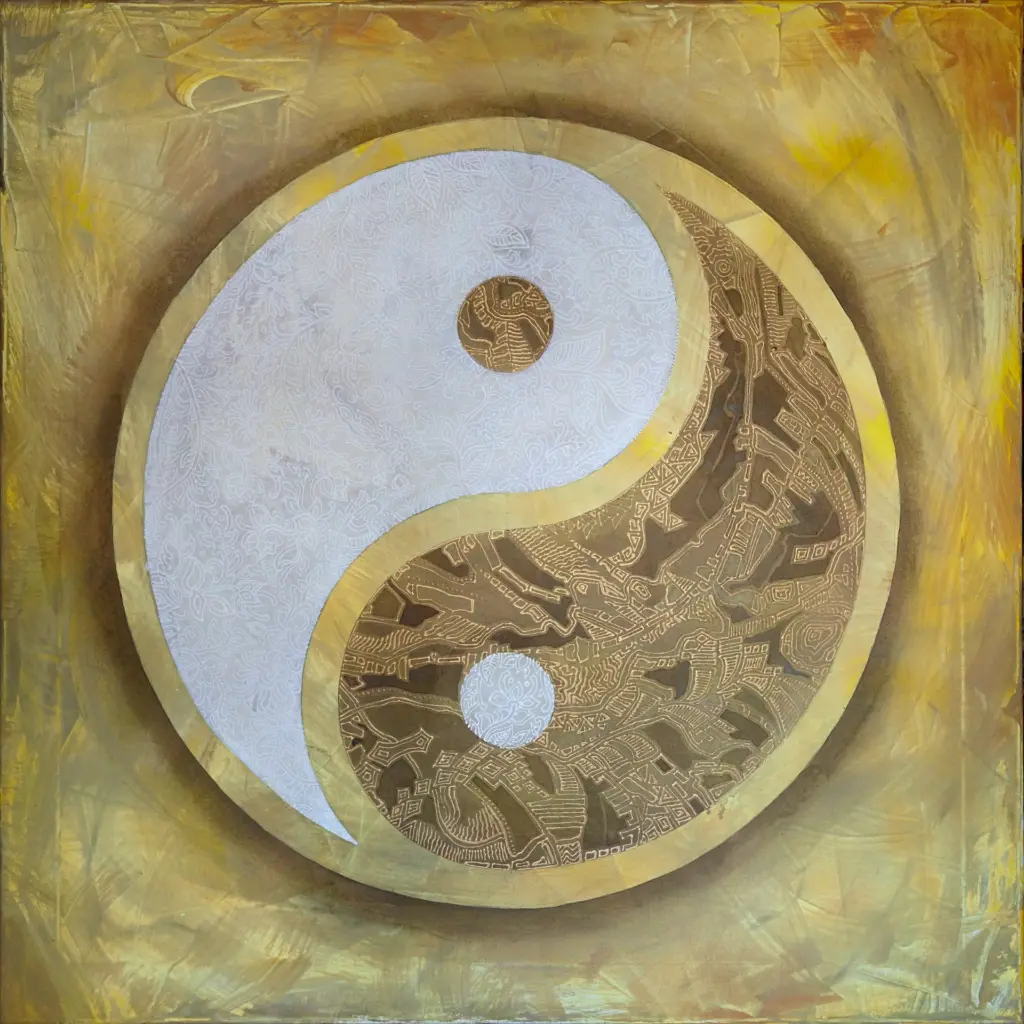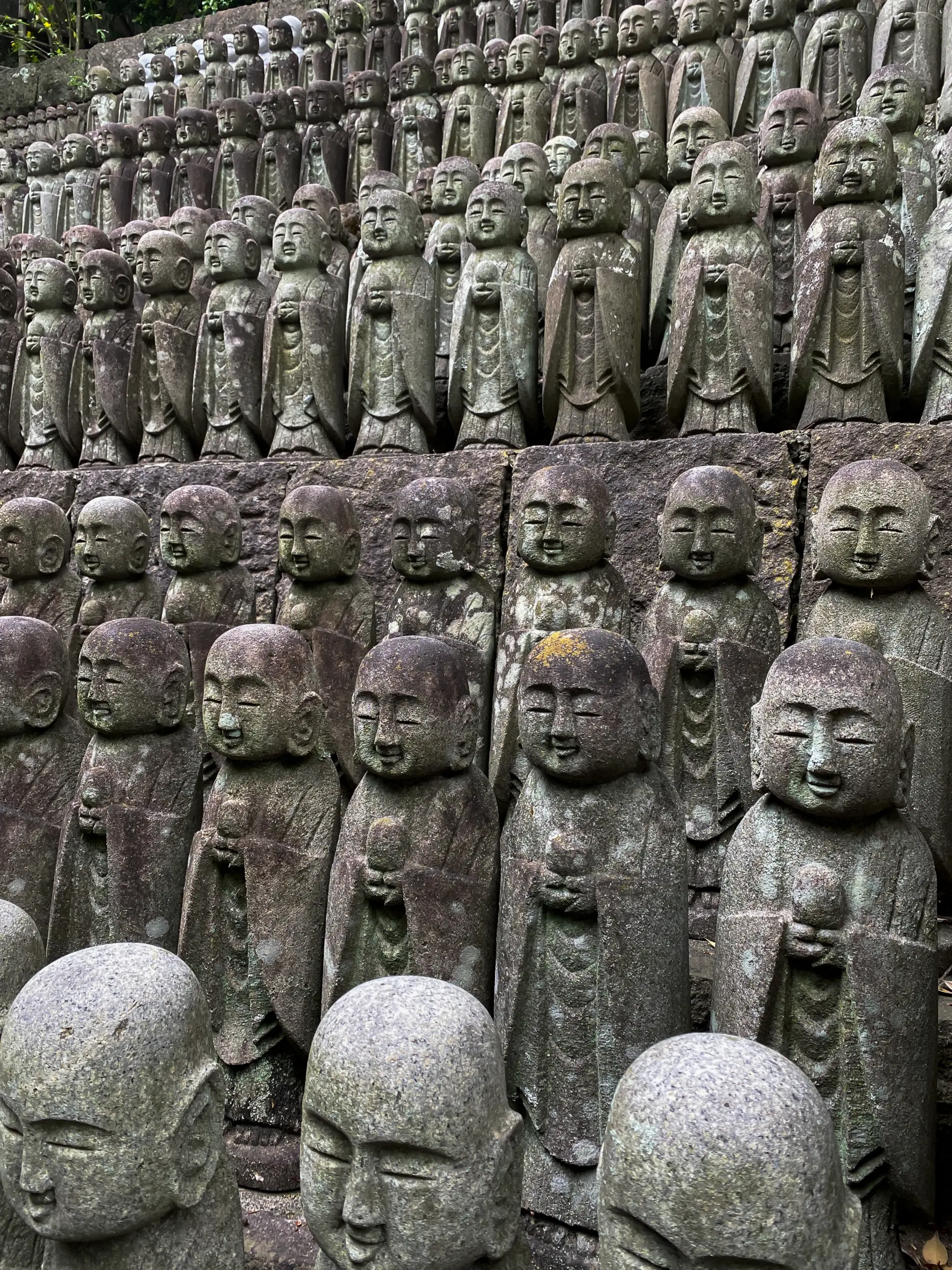In our world, few symbols hold as much universal recognition as the Yin and Yang.
With its elegantly intertwined black and white teardrops, each harboring a dot of the opposite color, this ancient Chinese symbol has transcended its cultural roots to become a global emblem of balance and harmony.
Originating from Taoist philosophy, Yin and Yang encapsulate a profound understanding of the natural world and the forces that shape our very existence.
In viewing the Yin and Yang, I found myself pondering over a paradox: is it really a symbol of duality or holism?
The contrasting colors indicate opposing forces.
Yet, the circle that contains these dual forces and the smaller circles within each half denote an inherent unity.
The Yin and Yang are dual, yet they are whole; they oppose, yet they complement. So which one is it, really?
Well, this article aims to explore this paradox and the multi-layered symbolism of the Yin and Yang, offering an in-depth understanding of its significance in both philosophy and spirituality.
Table of Contents
Toggle
What is the Yin and Yang Symbol?
The Yin and Yang symbol, also known as the Taijitu, is a circular emblem divided into two swirling sections, one black (Yin) and the other white (Yang).
Each half of the circle also contains a smaller circle of the opposite color.
The Yin and Yang symbol is a visual representation of one of the core tenets of Taoism (along with concepts such as Wu Wei), an ancient Chinese philosophy that emphasizes living in harmony with the Tao, often translated as “The Way”.
The Tao is an indefinable, cosmic force that flows through all life, and the Yin and Yang symbolize the dual aspects of this force.
The interplay and balance between these two forces are believed to influence the course of life and the universe itself!

Origin of the Yin and Yang
The concept of Yin and Yang originates from the observations and contemplations of ancient Chinese sages on natural phenomena.
It is rooted in ancient Chinese cosmology, which was largely influenced by the cycles of the natural world.
The ancients observed day turning into night and winter yielding to spring, thus realizing the universe is composed of forces that are opposite but complementary.
These observations led to the formulation of the concept of Yin and Yang, which became fundamental to understanding the cosmos and its workings.
Yin and Yang were believed to be the two primal cosmic forces from which everything else emerged.
Yin and Yang also play a crucial role in traditional Chinese traditions like acupuncture, feng shui, and Qi Gong all of which aim to balance these two forces or the Qi within the body for optimal health.
In the Tao Te Ching, one of the central texts of Taoism written by Lao Tzu, the idea of Yin and Yang is emphasizes the harmonious balance of these forces as a reflection of the Tao, the ultimate reality.
Symbolism of the Yin and Yang

What Does Yin Represent?
Yin is the dark element of the symbol and is often associated with shadows, the moon, and more receptive and inward-looking qualities.
It represents the passive, cold, feminine aspects of existence.
Yin is seen in the stillness of water, the coolness of the night, and the quiet peace of the earth.
It embodies concepts like introspection, receptivity, and nurturing.
“Feminine” here doesn’t strictly refer to gender. Instead, it is more about the qualities traditionally associated with femininity in many cultures, such as nurturing, gentleness, and passivity.
Yin can be seen in the unseen, the hidden, and the mysterious aspects of life. It invites introspection and going inward, promoting stillness and calm.

What does Yang Represent?
Yang represents the opposite aspects of Yin. It embodies brightness, activity, and outward-focused energy.
Yang is the brilliance of the sun, the vigor of fire, and the heights of the sky, associated with warmth, motion, and speed.
Often referred to as the “masculine” force, it symbolizes concepts like action, direction, and initiation.
It is seen in the visible, the manifest, and the strong aspects of life, encouraging action, movement, and transformation.
The Circle of Yin and Yang
The outer circle that contains the Yin and Yang symbolizes “wholeness”.
It represents the entirety of the universe, encompassing all dual aspects of nature and existence.
The circular shape itself suggests an ongoing, infinite cycle, the ever-changing yet continuous nature of the universe.
Within this encompassing circle, Yin and Yang – each a half of the whole – constantly transition, demonstrating the flux of life, yet the circle also conveys the balance achieved when Yin and Yang interact with each other.
Even as they are parts of the whole, they contribute to forming the entirety, just as individual parts of the natural world come together to form the universe.

The Dots Inside Yin and Yang
You may have also noticed that each half of the symbol contains a dot of the opposite color. This denotes that within each force, the other is always present.
This reinforces the concept of pure oneness in the universe. Nothing is absolute; each force always carries within it the other.
No darkness is without a glimmer of light, no hardship without the potential for growth, and no stillness without the stirrings of activity.
Similarly, no light is without shadows, no joy without a touch of sadness, and no action without the need for rest.
The dots signify that Yin and Yang are not static forces.
They are dynamic.
They ebb and flow, wax and wane, and transform into each other, reflecting the rhythms of nature.
Put simply, the dots show that all phenomena in the universe are connected and are constantly in motion!

Examples of Yin and Yang
Examples of Yin and Yang can be seen all around us but here are some of the most common ways to see the concept in action:
-
Day and Night: The daytime, filled with light and activity, represents Yang, while the nighttime, characterized by darkness and rest, represents Yin. Notice how one smoothly transitions into the other in a continuous cycle.
-
Seasons: The warmer, brighter seasons of spring and summer represent Yang, while the colder, darker seasons of fall and winter represent Yin. Again, there is a gradual and seamless transition from one to another, remember the concept of transformation within the Yin and Yang?
-
Human Biology: Yang is associated with the body’s function and activities, metabolism, and warmth, akin to the “fire” within us. Yin represents the physical form of the body, the structure, and the fluids that nurture and cool the body, the “water” within us. So in Traditional Chinese medicine, good health is considered a balance of Yin (substance) and Yang (activity).
-
Nature: Predator and prey, light and shade, growth and decay are all expressions of Yin and Yang forces interacting. They maintain the balance of ecosystems and drive the cycles of life and evolution.
The Paradox of Yin and Yang
The Duality of Yin and Yang
First, let’s explore each aspect starting with Duality.
From what we’ve covered so far, it seems to be pointing that Yin and Yang are separate, each with its unique set of attributes.
They are the dual aspects of a unified whole, and this duality creates a dynamic tension that’s fundamental to the workings of the universe.
Yin and Yang are seen as contrasting elements. Each has its sphere, its realm of influence.
They exist as two, different and distinct.
This duality can be seen all around us. Day and night, hot and cold, male and female, high and low, life and death, are all manifestations of this fundamental dual nature of existence.
Each pair is distinct and cannot exist without the other.

The Holism of Yin and Yang
While the duality aspect of Yin and Yang seems to lean towards two seemingly contrasting elements, the holistic aspect reveals that they are fundamentally inseparable.
They are part of a unified whole and cannot exist without the other.
The concept of holism in Yin and Yang refers to the understanding that the universe and all its phenomena are intertwined aspects of a single unified entity.
Yin and Yang are not separate but represent different aspects of a singular reality. (Quite similar to how the many deities of Hinduism represent a singular ultimate reality, Brahman.)
This understanding is in the very symbol of Yin and Yang, where the circle signifies the totality of existence, while integrating the dual forces within it.
Even though Yin and Yang have different characteristics and are often perceived as opposites, they are constantly interacting, balancing, and transforming into each other.
In every instance of Yin, there is Yang, and in every instance of Yang, there is Yin.
In the cycle of day and night, the bright, active daytime (Yang) gradually gives way to the dark, passive nighttime (Yin), only for the cycle to repeat with a new day.
This cycle, seen globally, is an example of how Yin and Yang, though distinct, are part of a greater whole, and one cannot exist without the other.
Everything we do, think, or feel affects the world around us and, in turn, is affected by it. In this perspective, individual well-being is inextricably linked to the well-being of others and the environment.

Is Yin and Yang a Symbol of Duality or Holism?
Throughout this article, we’ve seen that Yin and Yang are always influencing and defining each other.
On one hand, the symbol speaks to the duality of the universe, showing two distinct forces. On the other hand, it emphasizes the unity of all things, demonstrating a holistic perspective of the universe.
This duality within unity presents a paradox that can seem contradictory at first glance.
It’s really interesting because it suggests that opposites are not only connected but also integral to the whole. It challenges binary thinking, encouraging a more nuanced understanding.
And one thing we can derive is that they are totally interdependent rather than independent.
The duality of Yin and Yang is not a divide, but a dynamic interaction. It suggests a balance, a dance, a play of forces that create the rhythm and flow of life and the universe.
Each force contains an element of the other, as depicted by the small circle of the opposite color within each half of the Yin and Yang symbol. This signifies that each force transforms into the other in a never-ending cycle, and each contains the seed of its opposite.
But still, the concept still poses a fascinating paradox, doesn’t it?
This is the beauty of the Yin and Yang paradox: the dual forces, while appearing as two, are ultimately one.













